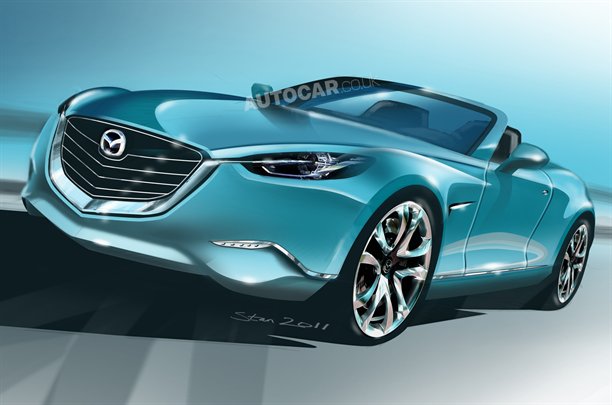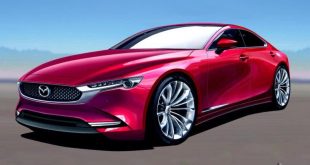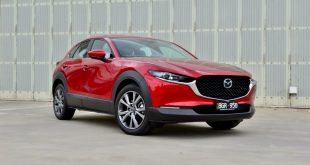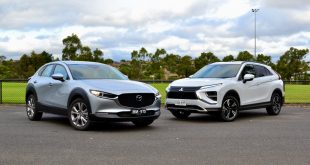The Mazda MX-5 is like an F-11 fighter, albeit on four wheels. It comes in a compact and agile package and will point in the direction you want it to without any hesitation. It can out manoeuvre a car costing twice as much on tight bends, just like an F-11 can out move other fighter jets.
However, after over twenty years, like a retired footballer, the car has piled on the kilograms. Not that it is anywhere near as endemic as some footballers we know. The MX-5 in its current iteration is 120kg heavier than the first generation car, when it was in its leanest form weighing just 955kg.
This is all about to change in the next generation. Mazda has decreed that engineers trim 275kg from the 1075kg ‘empty’ kerb weight (the weight without a driver) of today’s MX-5 to aim for an ambitious target of 800kg.
Every component would come under the spot light when the new MX-5 is put under a strict diet of lightweight materials, from nuts and bolts to the car’s body structure. Non essential features would also be deleted to bring the car back to basics. There is speculation that the glovebox will likely disappear, in favour of other storage compartments. In keeping with 21st century technology, the owner’s manual will probably come in the form of a USB stick. And lightweight neodymium-magnet stereo speakers will replace heavy, ceramic-magnet-based conventional units.
A lighter car will also lead to lighter transmission, smaller brakes and less cumbersome suspensions and so on. The MX-5’s engine will also be replaced with a smaller displacement direct-injection four-cylinder turbocharged engine of around 1.5-litres. It will feature variable cam phasing, lighter, low-friction reciprocating parts and will likely incorporate a new exhaust manifold design that achieves more effective exhaust gas evacuation.
Many of these developments will come under Mazda’s new SkyActiv range of light and efficient engines.
A lighter transmission is also the order of the day as the Japanese company tries to make the manual shift action as mechanically precise as the original from 1989. For those who prefer a self-shifter, a highly efficient paddle-shift torque-converter auto, with a lock-up clutch, is also likely.
The dimensions of the new car will be slightly more compact than today’s design, with a narrower width to reduce the frontal area. Its design will be inspired by Mazda’s new Kodo design language but will also remain faithful to its forebears.
What is unclear at this stage though is whether Mazda will keep the option of a metal folding roof, which comes with a weight penalty of 80kg.
The next generation MX-5 will most likely be constructed of steel for cost reasons, but will also feature high-strength panels and clever structural solutions, such as a twin-backbone frame, to solve the problem of open-top rigidity. Mazda is believed to have taken out patents on some of these innovations.
The challenge to engineers though is to design a lightweight, low cost volume production car that will stand up to today’s high standard of occupant and pedestrian safety. The MX-5 will quite possibly feature a pyrotechnic bonnet for that reason. Also high on the list is side-impact protection.
The next generation MX-5 is expected to be launched in 2012/13.
Image: Autocar
 ForceGT.com Car News, Car Reviews, Video Reviews, Tuning and much more.
ForceGT.com Car News, Car Reviews, Video Reviews, Tuning and much more. 






